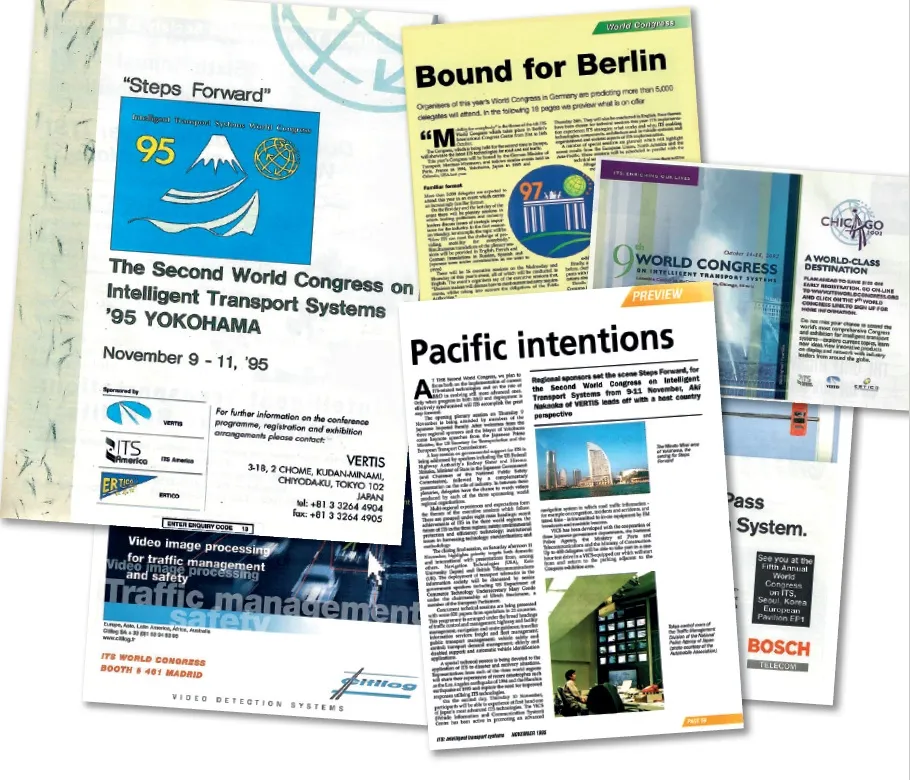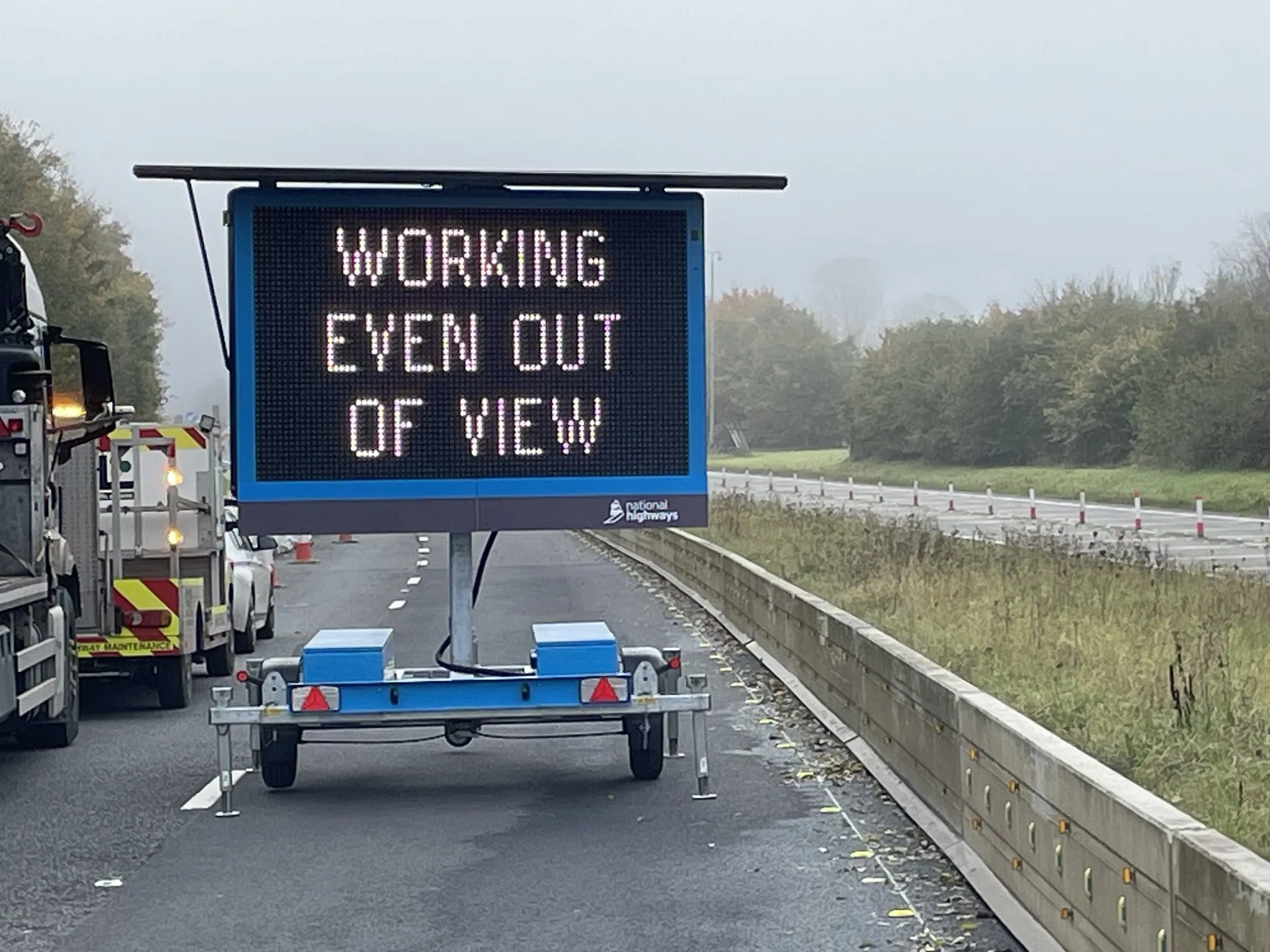The Erskine Bridge vehicle safety barrier replacement team introduced what is said to be a UK first in temporary traffic management on major trunk roads projects with the use of Bluetooth technology to monitor journey times and keep drivers updated on potential delays.
Working on behalf of Transport Scotland, with Leeds-based Sky High Technology, contractor Highway Barrier Solutions and the Scotland TranServ project team introduced the origin-destination vehicle movement system to establish how long it w
May 12, 2014
Read time: 3 mins
The Erskine Bridge vehicle safety barrier replacement team introduced what is said to be a UK first in temporary traffic management on major trunk roads projects with the use of Bluetooth technology to monitor journey times and keep drivers updated on potential delays.
Working on behalf of505 Transport Scotland, with Leeds-based 6020 Sky High Technology, contractor Highway Barrier Solutions and the Scotland TranServ project team introduced the origin-destination vehicle movement system to establish how long it was taking drivers to get to the bridge from various approach roads in the area. The technology works by using encrypted Bluetooth codes found in modern cars and in mobile phones. Because the codes are encrypted the system can’t identify individuals.
The information has been used to effect by Traffic Scotland which updates the overhead gantry messaging and keep Scotland’s roads moving from their state-of-the-art control centre in South Queensferry.
Colin Anderson, Scotland TranServ’s project manager for the Erskine Bridge programme said: “We started with a team of workers dotted at various locations taking individual vehicle descriptions and registrations and relaying these to the rest of their team via radio. These vehicles could take various different routes that didn’t take them to the bridge, so it was a bit of a wild goose chase sometimes and quite a costly and frustrating exercise.
“In what is a UK first for temporary traffic management, Sky High’s detailed journey times or delays are relayed to the Traffic Scotland team who update the overhead gantry messages on the four major approaching arteries, update their website and keep broadcasters informed. The information is calculated against normal journey times during free flow. The information has helped drivers to better plan their journeys and keep congestion to a minimum.”
Traffic Scotland’s operator manager Stein Connelly: “Obtaining real-time accurate traffic flow data with journey times has been vital in operating and monitoring the traffic management for these works. The system has also ensured that we have accurate data on journey times and delays to keep the travelling public informed and updated, so they can better plan their journeys to take account of works on the trunk road.”
The project team has worked closely with Sky High to develop the technology for use in this format. Grant Wilson, director at Sky High Technology’s Scottish Office said: “Having used Bluetooth technology for a number of high profile traffic and pedestrian projects over the last three years, the Erskine Bridge project provided Sky High with the perfect opportunity to provide HBS, Scotland TranServ and Traffic Scotland with an efficient solution using the real-time monitoring capabilities of our system whilst also removing the need for teams of observers on the network.”
Once the project is completed in May 2014, the Bluetooth system will be dismantled, as traffic movement returns to normal.
Working on behalf of
The information has been used to effect by Traffic Scotland which updates the overhead gantry messaging and keep Scotland’s roads moving from their state-of-the-art control centre in South Queensferry.
Colin Anderson, Scotland TranServ’s project manager for the Erskine Bridge programme said: “We started with a team of workers dotted at various locations taking individual vehicle descriptions and registrations and relaying these to the rest of their team via radio. These vehicles could take various different routes that didn’t take them to the bridge, so it was a bit of a wild goose chase sometimes and quite a costly and frustrating exercise.
“In what is a UK first for temporary traffic management, Sky High’s detailed journey times or delays are relayed to the Traffic Scotland team who update the overhead gantry messages on the four major approaching arteries, update their website and keep broadcasters informed. The information is calculated against normal journey times during free flow. The information has helped drivers to better plan their journeys and keep congestion to a minimum.”
Traffic Scotland’s operator manager Stein Connelly: “Obtaining real-time accurate traffic flow data with journey times has been vital in operating and monitoring the traffic management for these works. The system has also ensured that we have accurate data on journey times and delays to keep the travelling public informed and updated, so they can better plan their journeys to take account of works on the trunk road.”
The project team has worked closely with Sky High to develop the technology for use in this format. Grant Wilson, director at Sky High Technology’s Scottish Office said: “Having used Bluetooth technology for a number of high profile traffic and pedestrian projects over the last three years, the Erskine Bridge project provided Sky High with the perfect opportunity to provide HBS, Scotland TranServ and Traffic Scotland with an efficient solution using the real-time monitoring capabilities of our system whilst also removing the need for teams of observers on the network.”
Once the project is completed in May 2014, the Bluetooth system will be dismantled, as traffic movement returns to normal.








